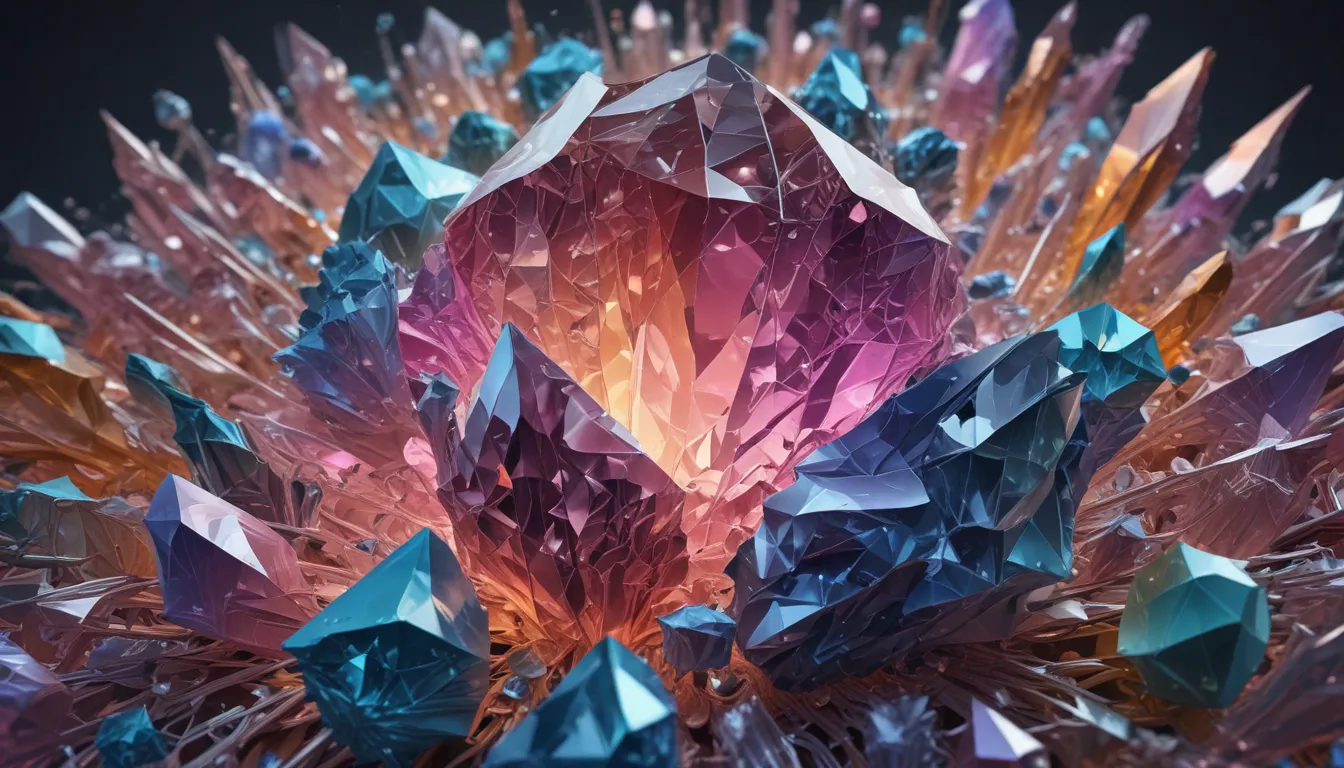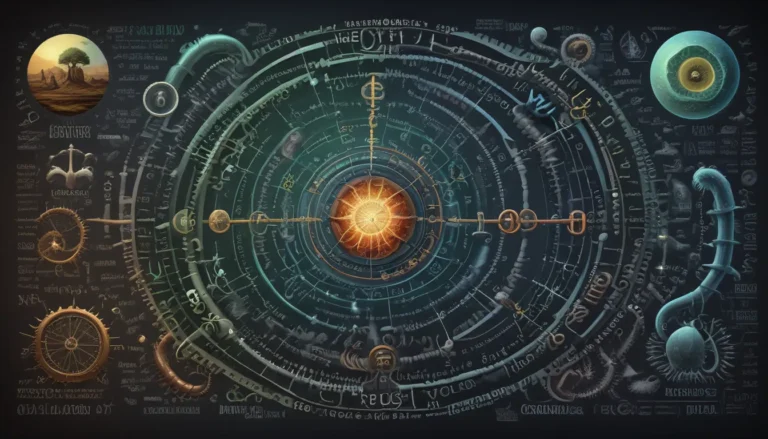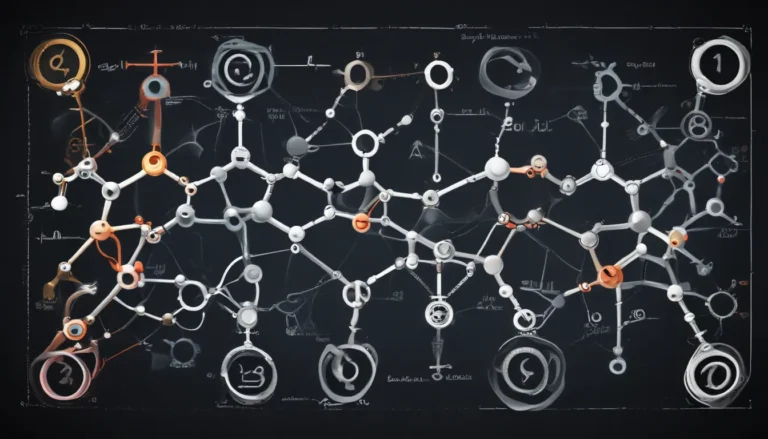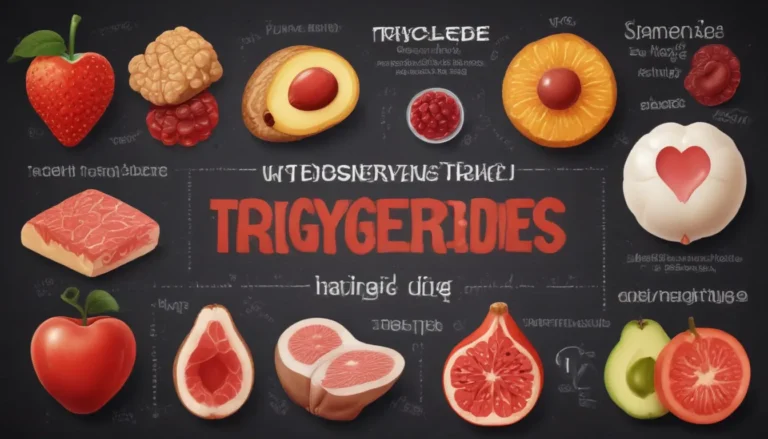A Note About Images: The images used in our articles are for illustration purposes only and may not exactly match the content. They are meant to engage readers, but the text should be relied upon for accurate information.
Welcome to the mesmerizing world of crystal lattices, where beauty meets complexity in the form of intricate atomic arrangements that shape the fundamental nature of matter. In this article, we will unravel the secrets of crystal lattices and delve into their captivating structures and properties. From the significance of symmetry to the influence of defects, we will explore the fascinating realm of crystallography and its impact on various scientific fields. So, join us on this enlightening journey as we uncover the wonders of crystal lattices!
The Marvels of Crystal Lattice Structures
Crystal lattice structures form the foundation of crystalline solids, defining their unique properties and shapes. These structures consist of repeating patterns of atoms or molecules, creating a three-dimensional geometric arrangement. Each lattice point represents an atom or ion within the crystal, playing a crucial role in determining its physical and chemical characteristics.
Shapes and Structures of Crystal Lattices
Crystals can exhibit a wide variety of shapes and structures, including cubic, tetragonal, orthorhombic, and hexagonal forms. These diverse structures arise from the specific arrangement of atoms or molecules within the crystal lattice, showcasing the versatility and complexity of crystalline materials.
Influence of Crystal Lattice on Properties
The arrangement and bonding of atoms within a crystal lattice directly impact its physical and chemical properties. Factors such as hardness, melting point, conductivity, and optical characteristics are heavily influenced by the unique structure of the lattice. It is like a hidden recipe that gives each crystal its distinctive traits and behavior.
Unveiling the Symmetry of Crystal Lattices
Symmetry plays a pivotal role in crystal lattices, with different levels of symmetry defining the structure of the lattice. Crystallographic notation is used to describe this symmetry, encompassing operations such as rotation, translation, and reflection. These symmetry operations enable the repetition of the lattice pattern, creating a harmonious and ordered arrangement of atoms or molecules within the crystal.
X-Ray Diffraction: Peering into Crystal Lattice Structures
X-ray diffraction is a powerful technique used to unravel the atomic arrangement within crystal lattices. By analyzing the diffraction pattern generated when X-rays pass through a crystal, scientists can uncover the intricate structure of the lattice. This technique provides a unique insight into the hidden patterns and arrangements present in crystalline materials.
Solid-State Chemistry and the Significance of Crystal Lattice Analysis
In the realm of solid-state chemistry, crystal lattice analysis plays a vital role in understanding the relationship between lattice structure and material properties. By investigating the structural characteristics of a crystal lattice, scientists can develop new materials with specific functionalities and applications. This in-depth analysis contributes to advancements in materials science and solid-state physics, paving the way for innovative discoveries and technological breakthroughs.
Defects in Crystal Lattice: Influencing Material Properties
Crystal lattices can contain defects such as vacancies, interstitials, or dislocations, which have a significant impact on the mechanical, electrical, and thermal properties of crystals. These defects alter the overall characteristics of the material, making them valuable for a wide range of applications in various industries.
Translational Symmetry in Crystal Lattices
One of the defining features of crystal lattices is translational symmetry, where the lattice pattern repeats itself in all directions. This regular and ordered arrangement of atoms or molecules throughout the crystal showcases the infinite extension of crystal lattices in space. Despite being confined to finite sizes in reality, the arrangement of atoms or molecules continues infinitely in all directions within the crystal lattice.
Conclusion: Unraveling the Complexity of Crystal Lattices
Crystal lattices embody the beauty and complexity of atomic arrangements, shaping the properties and behaviors of crystalline materials. In this exploration of crystallography, we have uncovered nine captivating facts about crystal lattices, shedding light on their importance and intricacy. From determining the shape and symmetry of crystals to influencing properties such as transparency and conductivity, crystal lattices play a fundamental role in the world of chemistry and materials science.
Exploring the world of crystal lattices opens up endless possibilities and applications in diverse scientific fields. By deepening our understanding of crystal lattice structures, scientists can unlock new insights that drive technological advancements and enhance our comprehension of the natural world. Join us on this illuminating journey through the captivating realm of crystallography and witness the wonders of crystal lattices in action.
FAQs: Unraveling the Mysteries of Crystal Lattices
- Q: What is a crystal lattice?
-
A crystal lattice is a three-dimensional arrangement of atoms, ions, or molecules in a crystal, determining its structure, properties, and behavior.
-
Q: How are crystal lattices formed?
-
Crystal lattices are formed through repeated stacking of identical unit cells in a specific pattern, creating the lattice structure.
-
Q: What is the significance of crystal lattice in chemistry?
-
Crystal lattices are crucial in understanding material properties, providing insights into symmetry, conductivity, thermal expansion, and optical behavior.
-
Q: What are the different types of crystal lattice structures?
-
Common types include cubic, tetragonal, orthorhombic, rhombohedral, monoclinic, and triclinic lattices, each with unique arrangements and symmetry.
-
Q: Can defects occur in crystal lattices?
-
Yes, defects such as vacancies, impurities, or dislocations can impact mechanical, electrical, and optical properties of materials.
-
Q: How do crystal lattices determine a material’s transparency?
-
The arrangement of atoms in a crystal lattice influences light interactions, affecting the transparency of the material.
-
Q: Can crystal lattice structures be modified?
-
Modifying crystal lattice structures through processes like doping or alloying can alter material properties.
-
Q: What are practical applications of crystal lattices?
- Crystal lattices have diverse applications in electronics, materials engineering, pharmaceuticals, and nanotechnology, facilitating the development of advanced materials and devices.
Crystal lattices continue to captivate with their intricate structures and properties, offering a glimpse into the fascinating world of crystallography. Join us as we unravel the mysteries and complexities of crystal lattices, exploring their role in shaping the natural world and driving scientific progress. Embrace the wonder of crystallography and embark on a journey filled with discovery, insight, and endless possibilities in the realm of crystal lattices.






